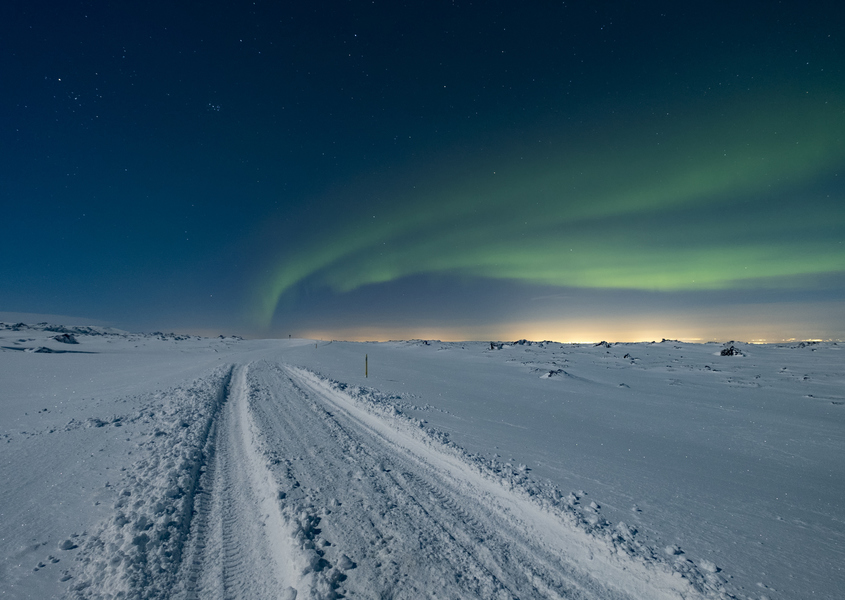

Don’t let the agencies selling Northern Lights tours fool you; you don’t need to pay to see the Aurora Borealis. What you do need is a dark night, clear skies, solar activity, and luck. Visible from September to March, they are best viewed away from light pollution, but you don’t have to venture far from Reykjavik to see them; when they’re particularly strong, they can even be seen in the city.